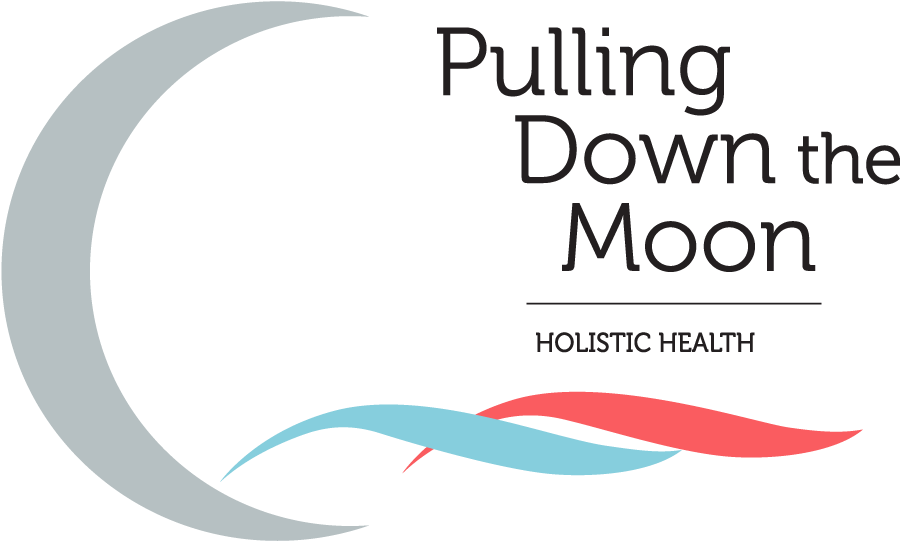My Journey through Natural Conception
I was put on birth control when I was 17 years old, though not for the implied purpose- because years after all my friends had started their period, I still had not. My doctor said late menstruation is common in girls with my thin body type and that the pill would start my period.Eleven years later I was addressing a different concern with my gynecologist- motherhood. I told my doctor I was concerned that being on the pill for so many years and never having a natural period would affect my chances of getting pregnant.
She asked, ” Do you want to start trying now?” , I was one month into marriage, my answer was no. She told me there was no need to stop taking the pill until about a month before we wanted to start trying.
“How do we know my body will do what it’s supposed to after all this time?” I questioned,
“We have no reason to believe it won’t” she replied.
This did not sit well with me. I did not understand how a medical doctor thought it was ok that a healthy 28-year-old woman had never menstruated without the help of a magic pill. How did she know how my cycle would be after I stopped birth control? I quietly said “ok”, not wanting to question this professional any further. We were obviously not on the same page.
Needless to say, I went straight home and told my husband that I was going to stop taking the pill. I felt very strongly about experiencing my cycle without the help of synthetic hormones. There was something also quite strange about being a grown woman and not knowing what my natural cycle was. Through talking with others and many Google searches, I knew it might take a while for my period to come after stopping the pill; I had no idea just how long that would be. After six long months of waiting, my period finally came. During this waiting game my husband and I were discovering a different form of natural birth control, charting your basil body temperature (BBT). After my post-pill period came I immediately started tracking my BBT. After several months I noticed that my temperatures were not following a consistent pattern and my cycles were abnormally long, averaging 55-60 days.
Around this same time I decided to leave my corporate job after 7 years and quickly found myself accepting a job at Pulling Down the Moon. Shortly after I started I began acupuncture to address my irregular cycle. After a few months of regular treatments, my cycle lengths became shorter and while I was not following the normal 28-days cycles, I was consistent. I continued to chart my BBT, making note of changes in cervical fluid, and other associated symptoms, and a new discovery came to light. Although I was having regular periods, my charting was congruent with an anovulatory cycle. In short, I was not ovulating. This was a bit shocking. Like most women, I assumed that having a period meant I was ovulating.
After this new discovery we made some slight changes to my acupuncture treatments and a few months later I began to ovulate on my own. On my second cycle of ovulating on my own I noticed a new change in my BBT chart, consistently high temperatures post-ovulation. Every morning my temperature was still high I got a little more anxious. Finally, after about 18 days of high temperatures, I took a pregnancy test and it was positive. I couldn’t believe it. Even though deep down I knew the test was going to be positive (based on my temperatures and symptoms), I was still shocked, but so incredibly happy.
My joy and happiness, however, was short-lived. At almost 6 weeks pregnant I went to the ER with sharp abdominal pain and bleeding and discovered I had suffered a ruptured ectopic pregnancy. A few hours after that I was being prepped for surgery to remove the pregnancy and damaged fallopian tube. It was very surreal; I couldn’t believe how much had changed in such a short period of time. Even though my pregnancy was very new, I had formed a connection to my future child and the pain of that loss was very real. With everything in life, you must learn the power of positivity or else moving forward becomes very difficult. I have seen many strong women walk through our doors at Pulling Down the Moon and I have seen how they have overcome loss and uncertainty and I knew I would too. My silver lining through this whole experience was knowing that conception is possible. With the help of acupuncture, massage, and a healthy diet, my body finally learned how to ovulate.
If there is one thing I have learned from this whole experience it is to be your own advocate. If something seems off, ask questions. If you do not feel right about the answers you are getting, seek guidance elsewhere. Had I not decided to follow my gut about stopping the pill, my journey would have been much more difficult. I may not have had the time to work through my cycle irregularities before deciding to start a family or could have been misdiagnosed as infertile. It is never too early to start thinking about your future, whatever that may look like.
Share on Social
Discuss With Us
Our Latest Resources



